My Feet Erase the Path of All Arrivals (Soul Blazer)
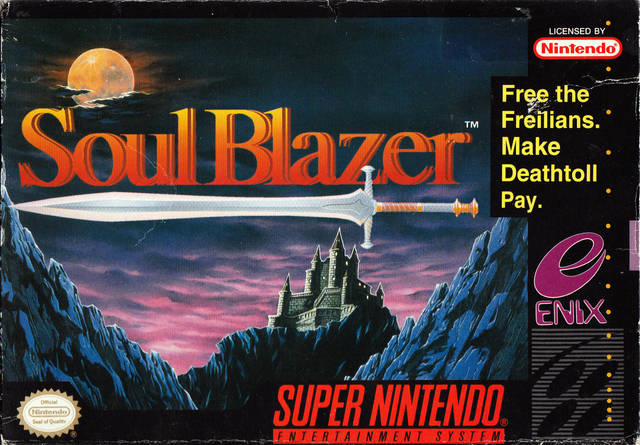 Soul Blazer forces us to confront a simple question: is it better to have a world or not?
Soul Blazer forces us to confront a simple question: is it better to have a world or not?
At its most elemental level, this is a simple question of whether existence is desirable. This is also easy to answer: of course it isn’t. Non-existence does not long for existence. It does not long for the continuation of its non-existence either, it is true, but it is… content. It wants for nothing. Existence, meanwhile, wants non-existence. It may evince a certain contentment with its existence, and even a sort of crazed and paranoid desire to cling to this state of affairs, but its actions over the long game reveal a clear desire for annihilation. Such is the way with games; they constantly work towards their own end.
But this is not the question Soul Blazer asks. Indeed, it’s a meaningless choice, offered only to God on the occasion of the Big Bang. The reality is that existence has been chosen for us. The cartridge has been jammed into the top-loading slot of the universe and the power switch has been thrown. We may prefer otherwise, but it is not so. The only version of the question that can be asked given that is whether the continuation of existence is desirable. And given the nature of existence, this question is in practice whether the world should be destroyed or not.
At first glance this would appear to also not quite be the question Soul Blazer asks; the Freil Empire has already fallen to Deathtoll in it, after all; the world’s destruction is as inevitable as its existence. It would also appear that, despite this, the game has a straightforward answer: Deathtoll is, after all, named Deathtoll, and is the unambiguous villain of the piece. His consumption of the world is presented as an act of evil to be undone. The world, evidently, should not have been destroyed. But this is not as obvious as it might seem.
In truth, much as existence is generally a process of protesting one’s desire for existence while working inexorably towards its termination, Soul Blazer, for all that it suggests destroying the world is wrong, is fundamentally a game about doing so. The main action of the game is the systematic clearing out of six dungeons; dungeons that are created by Deathtoll as an alternative world to the one he destroyed. This already calls the straightforward analysis into question; Deathtoll is as much creator as destroyer.
But more than that, it casts the player as world-destroyer. A dungeon is just as much a world as a town, after all. Indeed, the main mechanic of the game – monster spawning tiles that the player must seal – combined with a sword swing that takes the side-swiping of A Link to the Past even further – means that dungeon clearing becomes a sort of tactical assault. One explores the dungeons and unlocks paths while endlessly finding places to stand whereby monsters can safely be picked off as they emerge.…


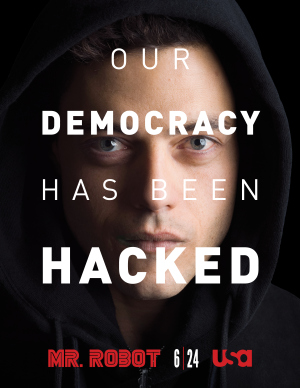 It is almost possible to dismiss
It is almost possible to dismiss 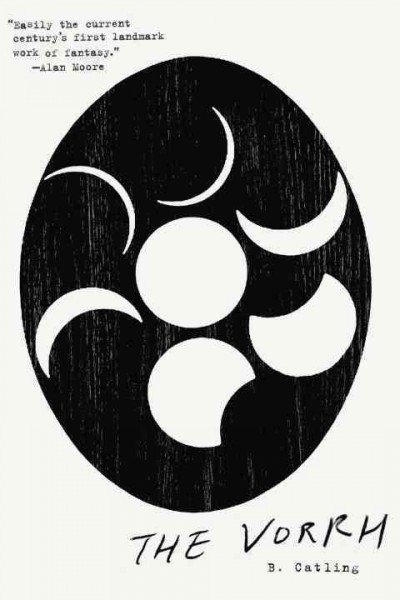

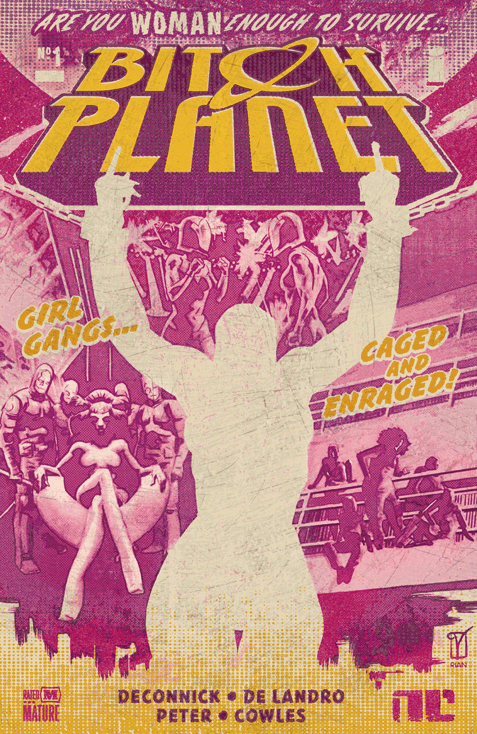 It looks like I forgot to actually name this week’s category last week, so let’s do a fairly easy one, at least in terms of this site’s readership: Best Graphic Story.
It looks like I forgot to actually name this week’s category last week, so let’s do a fairly easy one, at least in terms of this site’s readership: Best Graphic Story.  The lovely folks at Pulpozaur asked me to do an interview with them, which went up today, and is particularly cool to my mind in that the site is a Polish site, and so the interview has been translated, which I believe marks the first time I’ve been translated. I always love seeing which bits of interviews people pull title quotes from – this one’s “Elusive in the same ways as the secret truths of the universe,” which I have to admit, sounds like the sort of quote I’d pull to title something. Here’s the bit of the interview that’s from:
The lovely folks at Pulpozaur asked me to do an interview with them, which went up today, and is particularly cool to my mind in that the site is a Polish site, and so the interview has been translated, which I believe marks the first time I’ve been translated. I always love seeing which bits of interviews people pull title quotes from – this one’s “Elusive in the same ways as the secret truths of the universe,” which I have to admit, sounds like the sort of quote I’d pull to title something. Here’s the bit of the interview that’s from: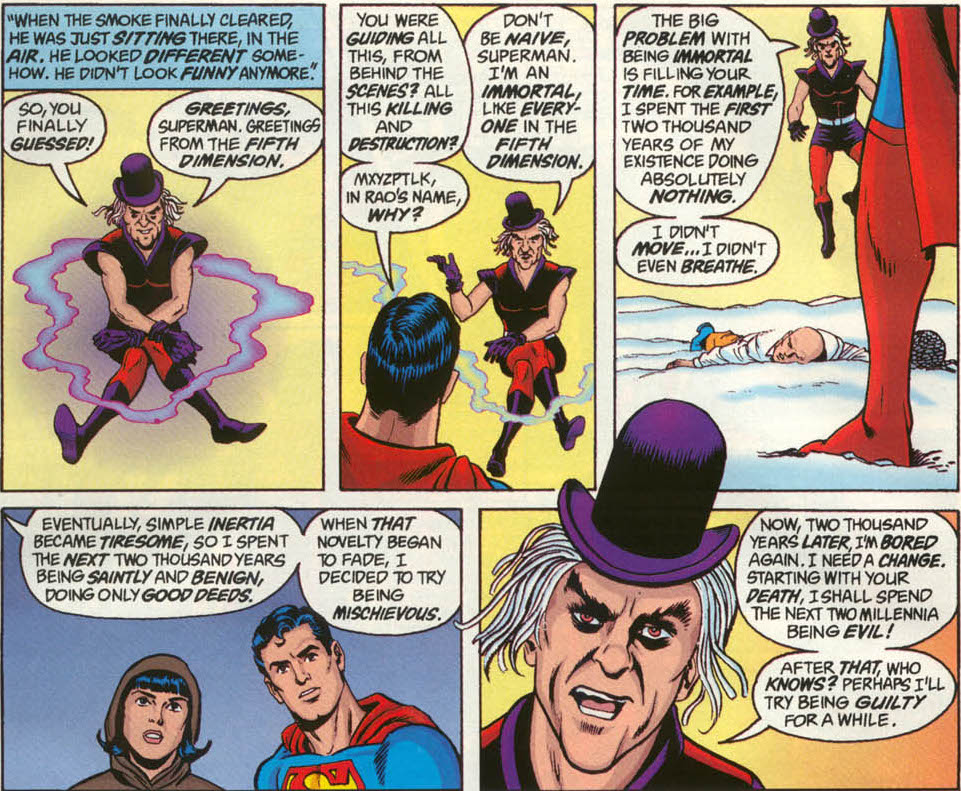
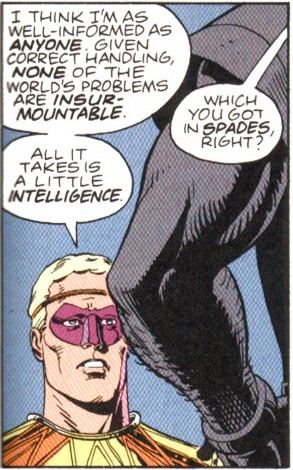
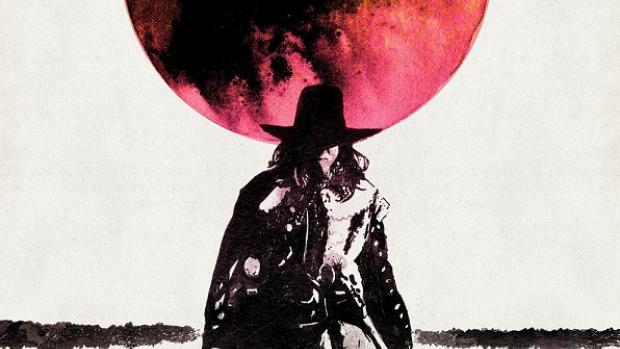 Okay, so the Iron Man thing seemed to go down well. Thanks to everyone who read, commented, retweeted, etc. I get the sense that my audience has just more than quadrupled in size, which is nice.
Okay, so the Iron Man thing seemed to go down well. Thanks to everyone who read, commented, retweeted, etc. I get the sense that my audience has just more than quadrupled in size, which is nice.